Business intelligence (BI) connects Business Analytics (BA), data processing, data visualization, data tools and infrastructure, and best practices to assist organization leaders to form conscious and confident data-driven decisions.
Once you have a comprehensive view of your organization’s data and use that data to drive new shifts in products selection, change the service strategy, eliminate inefficiencies and the bling spots, and quickly adapt to new ever changing demands and/or supply changes.
The core of business intelligence is focused on descriptive and diagnostic analytics, which answers questions of where your organization has been, where it is now, and why things are the way they are now. BI tools need to be able to draw from data storage to conduct these different types of analyses.
The different stages of business intelligence are Data Sourcing, Data Engineering & Analysis, Situation Awareness, Decision Making, and Decision Support. In terms of business complexity, it can be Reporting, Analysis, Monitoring, Predicting & Forecasting, and Predictive Modeling.
Business Analytics focuses on data, statistical analysis and reporting to help investigate and analyze business performance, provide insights, and drive recommendations to improve performance.
There are different types of analytics that businesses use to drive their decision making; 1. Descriptive Analytics, which tell us WHAT has already happened; which tracks key performance indicators (KPI) to understand the present state of a business;
2. Diagnostic Analytics, which is like descriptive analytics. It analyzes the state of a business and diagnoses WHY certain events or outcomes happened.
3. Predictive Analytics, which show us what could happen; which analyzes the trends data to assess the likelihood of future outcomes; and finally,
4. Prescriptive Analytics, which inform us what should happen in the future; which uses past performance to generate recommendations for handling similar situations in the future.
Business Intelligence (BI) vs. Business Analytics (BA)
Organizations usually start with Business Intelligence (BI). It is followed by implementing business analytics (BA). BI analyzes business operations to determine what practice (the best practices) have worked and where opportunities for improvement exists. BI is mainly based on descriptive analytics.
On the other side, business analytics focuses on predictive analytics, suggesting / generating actionable insights for business decision-makers. Instead of summarizing past data points, business analytics aims to predict future trends.
The data collected using BI lays the foundational base for BA. From that collected data, organizations can choose or focus the specific areas to further analyze using business analytics.











